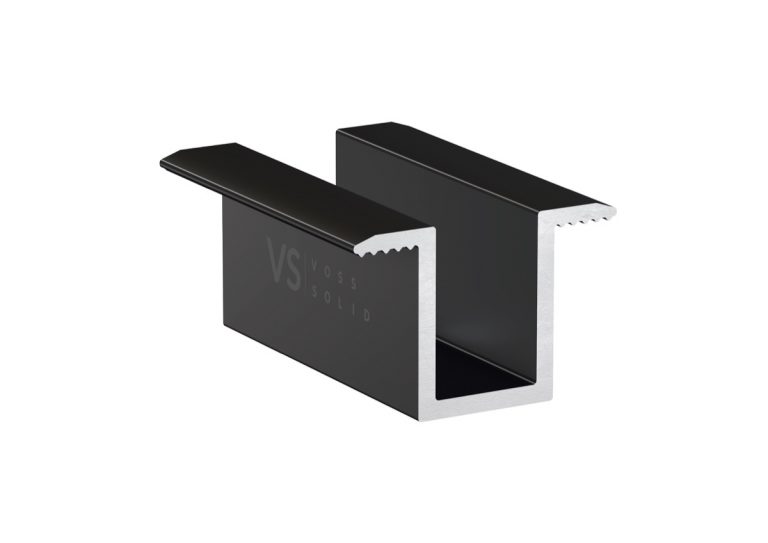We are leading experts in the production of substructures for solar systems. With an in-depth understanding of the requirements of photovoltaic systems, we combine technical know-how and high-quality manufacturing processes to deliver the highest quality products.
Voss Solid GmbH not only excels in production, but we also offer extensive support during the design phase. We are happy to work closely with you to develop tailor-made solutions that are optimally tailored to individual needs and environmental conditions.
With a long list of satisfied customers, we have proven that we are a reliable partner in the solar industry. With our high-quality substructures, we help ensure that solar systems are safe, efficient and durable. Our expertise makes us the first choice for customers who value quality and service.
A solar system consists of several components, including the photovoltaic modules themselves, the inverters that convert the generated energy into a form that can be used by household appliances, and the substructure that secures the panels to the roof. This substructure plays a crucial role in the installation and operation of a solar system.
The substructure is the physical structure that supports the solar panels and holds them in place. It must be strong and strong enough to withstand the weight of the panels and the load of wind and snow. It is usually made of stainless steel or aluminum and is either mounted directly onto the roof or, in some cases, anchored to the ground when the solar array is installed in an open field.
The installation of the substructure and the fastening of the solar system on the roof are carried out in several steps:
- Roof inspection: First, the roof is checked for its suitability. It must be sufficiently strong and in good condition. The orientation and pitch of the roof are also important to ensure the optimal angle of incidence for sunlight.
- Planning the system position: The position and alignment of the solar panels is planned. During planning, care is taken to ensure that the panels are positioned so that they are exposed to sunlight for as much of the day as possible.
- Installation of the substructure: The substructure is installed on the roof. This usually involves drilling holes in the roof and attaching the substructure with special roof hooks, rails and bolts. The exact method depends on the type of roof. A ballast system that does not penetrate the roof is often used on flat roofs.
- Installation of the solar panels: The solar panels are installed and fastened on the substructure. They are usually mounted on rails that allow the panels to be tightened and secured against wind and weather.
- Wiring and connection: Finally, the panels are wired and connected to the inverter, which converts the generated DC voltage into AC voltage.
It is important that installation is carried out by a qualified professional to ensure that the system operates safely and efficiently and that all local building codes are complied with.

























